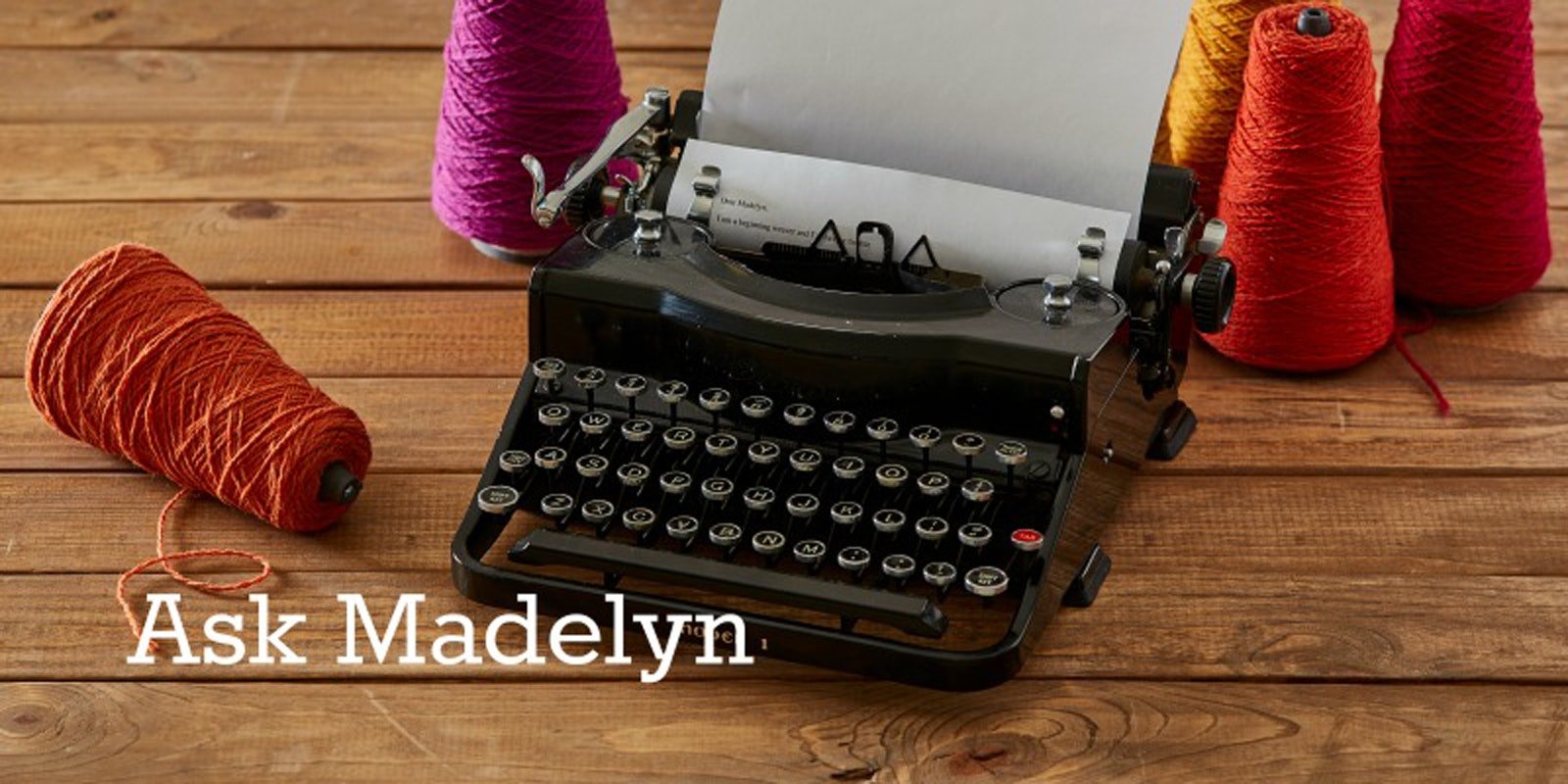I would love to be a weaver. I have a loom that I play around with. For some reason I just can't understand weaving terms or how a draft works. I know that epi is ends per inch but what do you do with that? I have a 20 dpi reed. It's like everything I read is not English to me, it just doesn't click. Is there a book or info anywhere to make this plain to me? Any help would be very greatly appreciated. Lori
Hi Lori!
Your question will make most weavers smile and most weavers' guilds greet you with warm hugs and lots of help. I can give you some simple answers but much of what you want to know will take more than just a book. Weavers spend many years learning the realities that weaving terms represent. Your sentence "I would love to be a weaver" is the first step in a long and rewarding journey.
To give you some simple answers: "Ends per inch" means the number of warp threads per inch in the piece you are weaving. The warp threads (the ends; why that word we do not know) are the vertical threads that are held under tension on the loom. Usually, the thicker the warp threads, the farther apart they need to be. Fine cotton threads are often placed at 24 ends per inch. Some wools might be as loosely sett (another weaving word) at 6 ends per inch. Therefore, if you had a reed with 12 dents (the slots the threads go through) per inch, you would put two ends of the fine cotton in each dent or one end of the wool in every other dent to achieve the desired density.

But your questions and all the information you need to know will go far beyond this. I know many weavers who are self-taught and most of them started with Deborah Chandler's Learning to Weave. The first few pages answer the question What is a Weaver followed by a Weaving Vocabulary. Succeeding chapters give the steps for reading drafts, basic warping and weaving techniques, and how-to's for several commonly used weave structures.
And, since you asked this question at, you may already know all the resources available on this site: other books besides Deborah's and many, many videos that teach basic arping and weaving techniques.
Classes and workshops in weaving abound; you can search the internet for them. There is likely to be a weavers' guild close enough for you to attend (look under Resources at the website for the Handweavers Guild of America to find one near you). Going to a guild meeting can be daunting, but when you stand up and introduce yourself and say you are looking for a weaving class, you will find yourself among many teachers and future friends.
Welcome to the adventure! There is one other little thing... Your 20 dents-per-inch reed is extremely fine. Most yarns are too thick to use in such small dents without abrasion. So, you will need other reeds. Your adventure is going to include many discoveries of other things you need. But you will love them all; weaving yarns and tools are wonderful in themselves.
I hope you ask other questions as they come up!
Madelyn
If you have a weaving question please email Madelyn! View related & recent "Ask Madelyn" posts!

